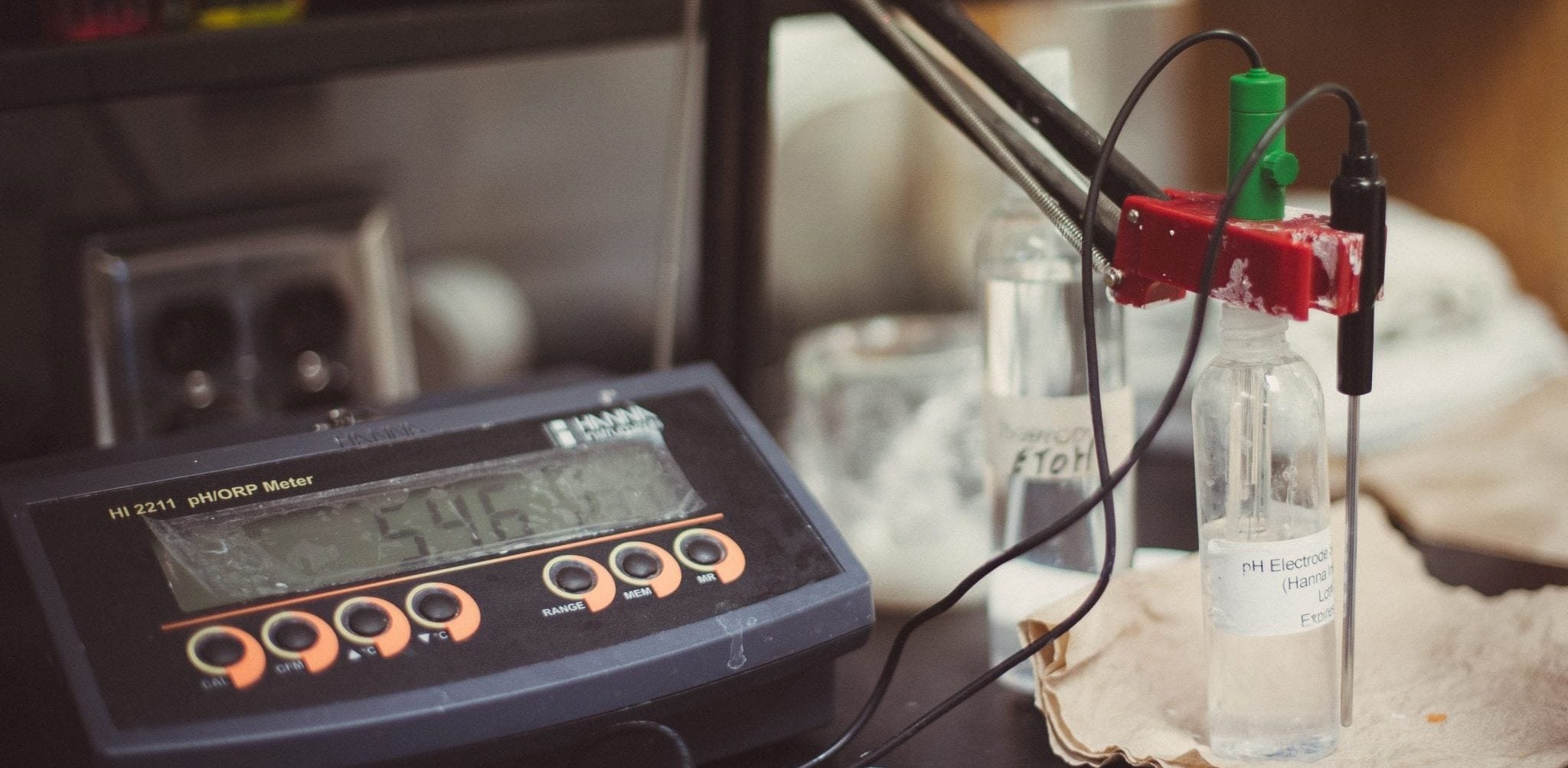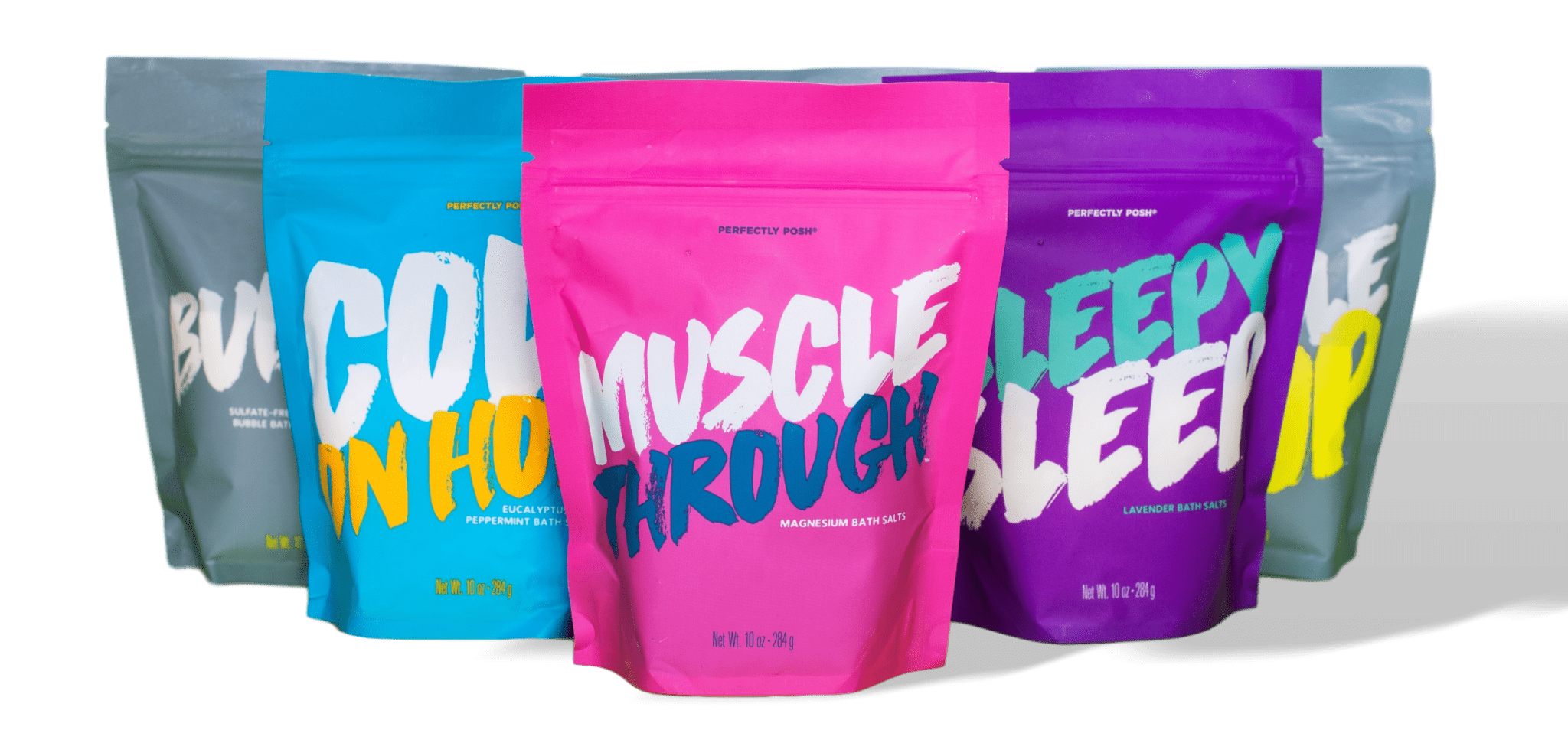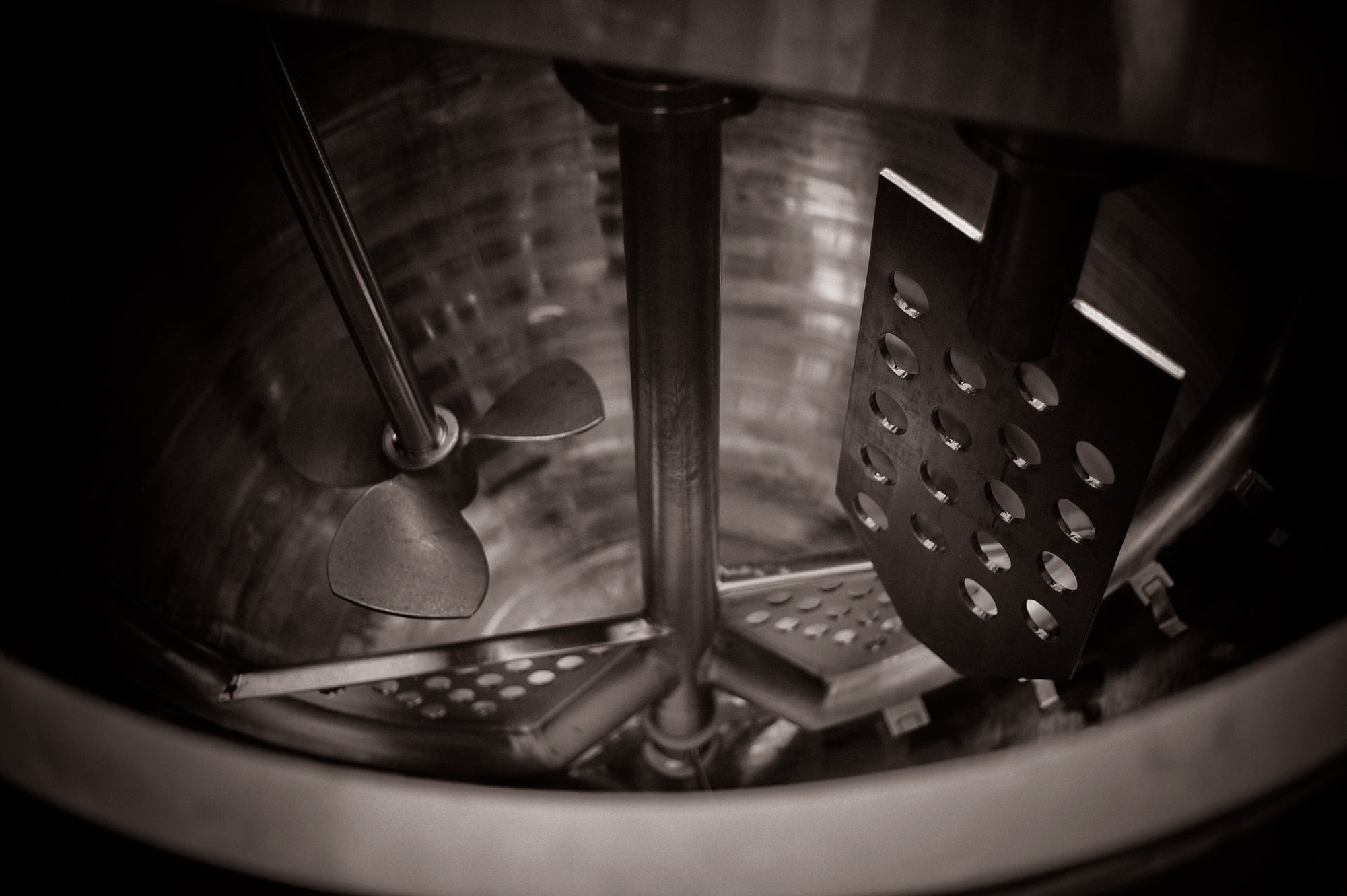Our tube filling service is our guaranteed fastest, cheapest, most convenient service. Tubes come to our factory,...

How You Get a Cosmetic Formula You’ll Love
We make custom cosmetic formulas
Since our founding in 1995, formulating a personal care product that uniquely fits your market and brand has been the goal. We have created thousands of unique formulas with care and dedication. Whether you have an existing formula or product idea, our laboratory can bring enhancements that go beyond the value of a back-of-the-box cosmetic formulation.
In this article you will read:
- How you can have a new product formulated
- How you can transfer a product formula
- Who owns a formula developed by BPI Labs
- What our fees are for formulating
You’ll love our custom formulas
Each formulation is uniquely designed to deliver the benefits of the claims you would like to make. This will be done with an intimate understanding of how preservatives work in acids and bases, emulsion technology, natural and organic substitutes, and suspension technology among many other cosmetic technologies. After we’ve developed a sample, we’ll ask you to approve the sample. If you’re not satisfied then we’ll change it to suit your marketing needs.
How do we begin formulating?
We begin formulating after we’ve received some information from you on what you would like. The best possible information we can get are examples of product already in the market you would like to mimic or position nearby. Then we need a list of all your formulation requirements, including: ingredients you want used or not used, including categories of ingredients; whether your product should be organic; a fragrance you would like used; and any other requirements you may have.
The samples come next
BPI Labs will begin by developing a ‘dry’ formulation, which is a written set of instructions for completing a sample. These written instructions will instruct our laboratory to use certain chemicals and processes. Some of these chemicals may need to be shipped to BPI Labs, which may take up to two weeks. We’ll complete a sample and ship it to you, and we’ll retain some of the sample for stability testing and reference.
You have a formula you would like to use
If you have a formulation you would like BPI to use then we’ll have our companies sign a non-disclosure document (NDA) prior to BPI Labs receiving your formula. Then we’ll get to work evaluating and validating your product formula.
We’ll verify we can produce your formula
The process for using your formula is much like the process for new formula development. We’ll ask for a sample of your product for our laboratories reference. Next, we will develop a sample of your formula and send it to you while keeping some of the same for stability testing and reference. If we don’t have the materials in stock to complete your sample, we may need to wait up to 2 weeks for them to arrive.
What if we cannot successfully complete the sample
It is not unusual that some aspect of a formulation we receive from a customer is incomplete or misidentifies an ingredient or process step. Fortunately, we can usually extrapolate from what is available and design a solution. We will notify you if we do this and update you with any changes to the listing of ingredients if any were made.
A few last things you should know:
Formula Approval
If you love one of our samples, then we’ll ask you to approve the formula for manufacture. If you need changes to the formula, then our laboratory can usually create a new sample quickly since most or all the ingredients are already in-house. The important thing is that the formula meet your brand requirements.
Formula Ownership
BPI Labs is not in the business of selling formulations. Our company only makes money when we have long and fruitful manufacturing relationships with our customers. So if we develop a formula then we are going to retain the rights to that formula. However, we can offer these services to you free of cost. You can generate entire product lines with BPI Labs and request product improvements over time that keep your product fresh and appealing. We don’t charge for these services.
Formula Fee
Sometimes we do ask for a formula fee. Customers who are new to the cosmetics and personal care industry and who do not have a history of selling into this market may be asked to pay a $2,500 formulation fee. However, once we go into manufacturing, we’ll return this fee to you as a discount off your first order.
Conclusion
Formulations from BPI Labs are packed with value. The formulation process may take up to 3 or 4 weeks to complete. Sometimes it is much faster. The better our customer understands what they would like and can describe that need to us, the more likely we get the product right, quickly. Subsequent attempts at sample development usually have quick turnaround because we have all the ingredients in-house. We do all this, free of charge, because we want to earn your loyalty and business for the long-term.
Our Blogs
Tube Filling Service
Bottle and Jar Filling Services
Your formula possibilities are extensive with our array of bottle and jar filling equipment. Your product, wet or dry,...
BPI Labs Makes Bath Salts, Scrubs, and Powders
Bath salt, scrubs, and powder manufacturing at BPI Labs BPI Labs offers bulk production and filling services for all...




